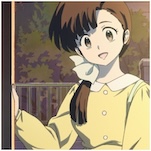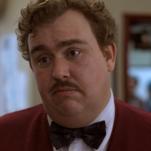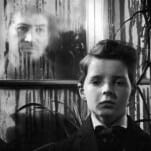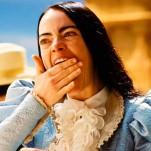Jiro Dreams of Sushi
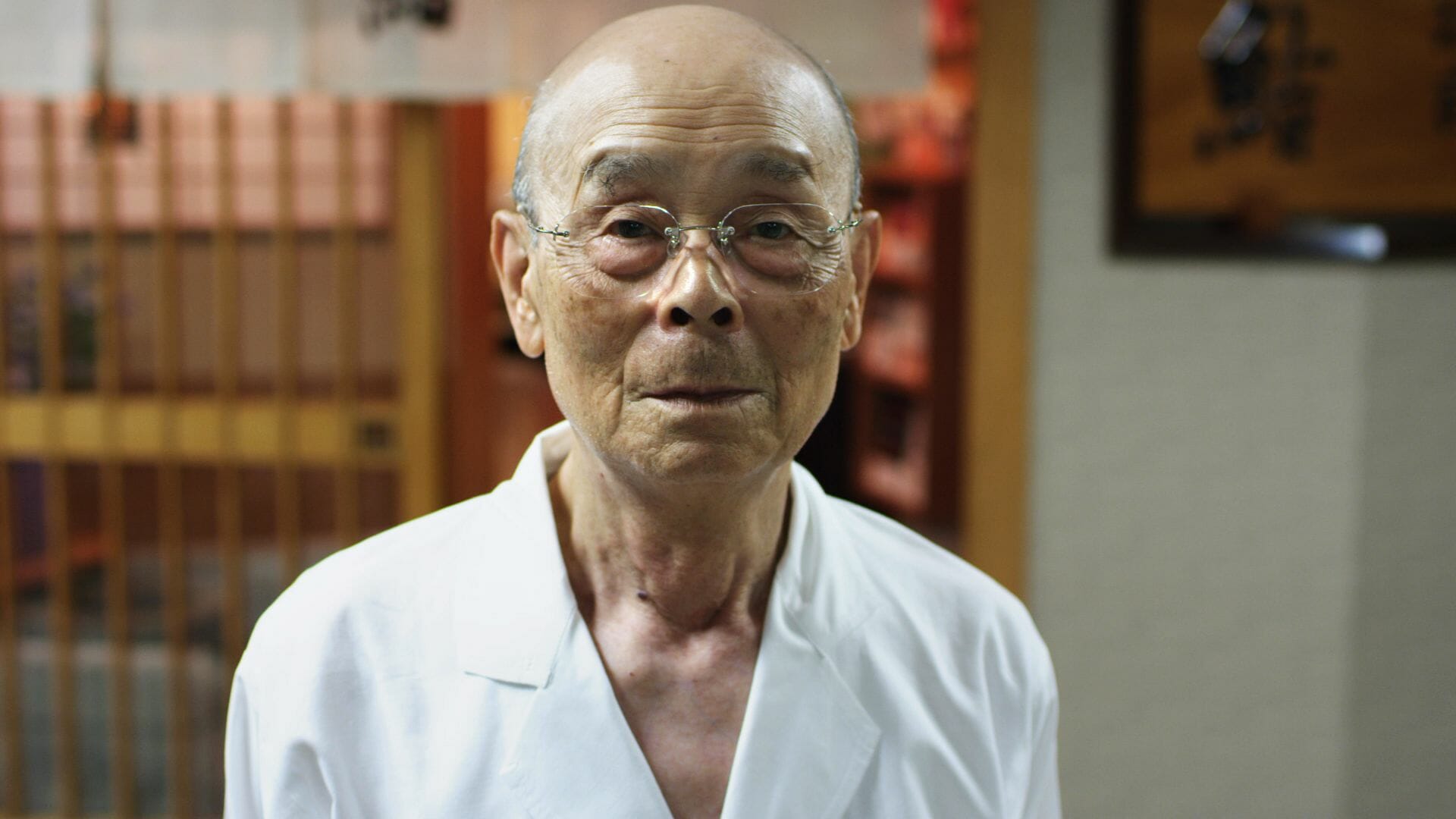
Directed by David Gelb, Jiro Dreams of Sushi is a documentary about one of the greatest masters of the culinary world who no one has ever heard of. This man is 85-year-old sushi shokunin (Japanese artisan), Jiro Ono who runs a ten-seat, sushi-only restaurant called Sukiyabashi Jiro located in a Tokyo subway station. He is hailed internationally as an innovator in the art of sushi, people travel from around the world specifically to eat at his restaurant, and he has been awarded a coveted three star Michelin review, making him the oldest Michelin chef alive. A seat in his restaurant must be reserved at least a month in advance and customers pay $300 a person for a prix fixe tasting menu that takes about half an hour to complete.
-

-

-

-

-

-

-

-

-

-

-

-

-

-

-

-

-

-

-

-

-

-

-

-

-

-

-

-

-

-

-

-

-

-

-

-

-

-

-

-


































